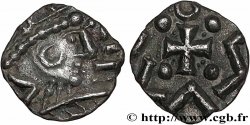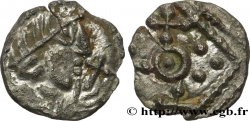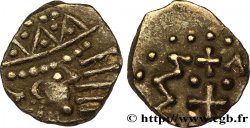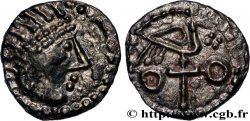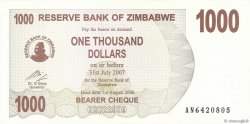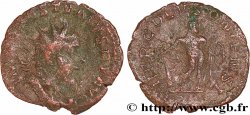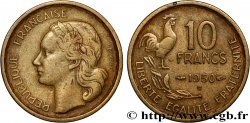v41_1672 - ENGLAND - ANGLO-SAXONS Sceat à la tête en porc-épic à gauche, stylisé
MONNAIES 41 (2009)
Starting price : 250.00 €
Estimate : 450.00 €
unsold lot
Starting price : 250.00 €
Estimate : 450.00 €
unsold lot
Type : Sceat à la tête en porc-épic à gauche, stylisé
Date: c. 710-760
Metal : silver
Diameter : 11,5 mm
Orientation dies : 8 h.
Weight : 0,43 g.
Rarity : R3
Coments on the condition:
Agréable petite monnaie, avec un droit complet et parfaitement bien centré. Revers de frappe vigoureuse, mais décentrée. Très bel aspect, mais monnaie fourrée avec des petits manques d’argent par endroits, laissant apparaître des creux, comme si une partie de l’âme en bronze avait disparu
Catalogue references :
Obverse
Obverse legend : ANÉPIGRAPHE.
Obverse description : Tête dérivée du porc-épic à gauche, un annelet à la base du cou ; les lèvres marquées par deux traits parallèles et une croisette devant la bouche.
Reverse
Reverse legend : TRACES DE LÉGENDE.
Reverse description : Un annelet pointé entouré de quatre globules ; l’ensemble dans un carré perlé ; des lignes brisées autour.
Commentary
Selon le catalogue des monnaies d'Oxford, ce type de droit avec l’annelet dans le bas de la tête et la croisette devant le visage, associé à ce type de revers, correspond à la Série E, variété D. Seulement, les exemplaires publiés semblent tous avoir la tête à droite, et non pas à gauche comme sur cet exemplaire.
Avec un flan fourré, cet exemplaire pourrait-être un faux d’époque, avec le type de droit inversé, ou bien une frappe officielle, mais avec un droit inédit.
According to the Oxford Coin Catalogue, this type of obverse with the annulet at the bottom of the head and the cross in front of the face, associated with this type of reverse, corresponds to Series E, variety D. However, the published examples all seem to have the head on the right, and not on the left as on this example. With a filled flan, this example could be a contemporary fake, with the obverse type reversed, or an official strike, but with an unpublished obverse
Avec un flan fourré, cet exemplaire pourrait-être un faux d’époque, avec le type de droit inversé, ou bien une frappe officielle, mais avec un droit inédit.
According to the Oxford Coin Catalogue, this type of obverse with the annulet at the bottom of the head and the cross in front of the face, associated with this type of reverse, corresponds to Series E, variety D. However, the published examples all seem to have the head on the right, and not on the left as on this example. With a filled flan, this example could be a contemporary fake, with the obverse type reversed, or an official strike, but with an unpublished obverse








 Report a mistake
Report a mistake Print the page
Print the page Share my selection
Share my selection Ask a question
Ask a question Consign / sell
Consign / sell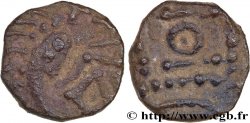
 Full data
Full data